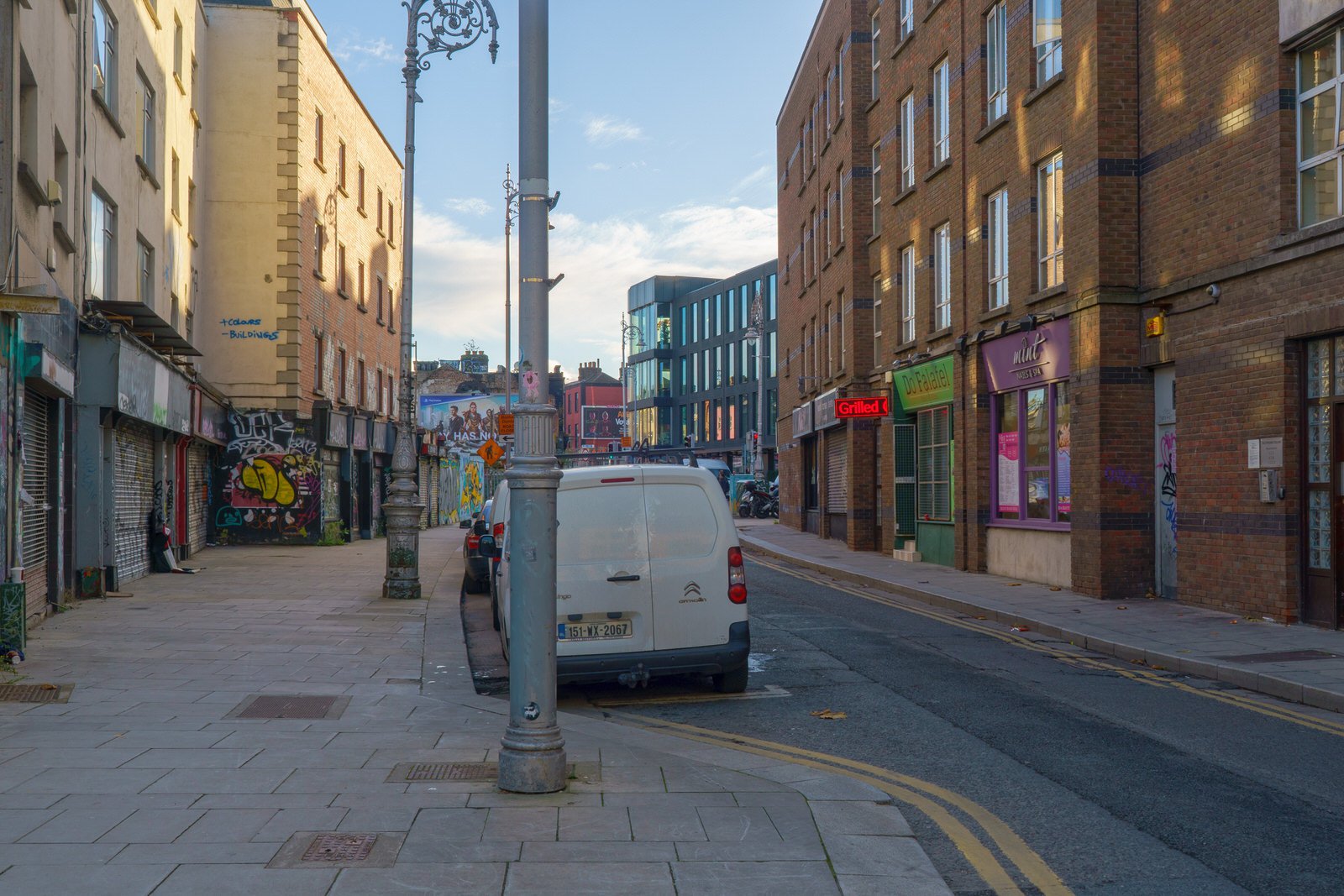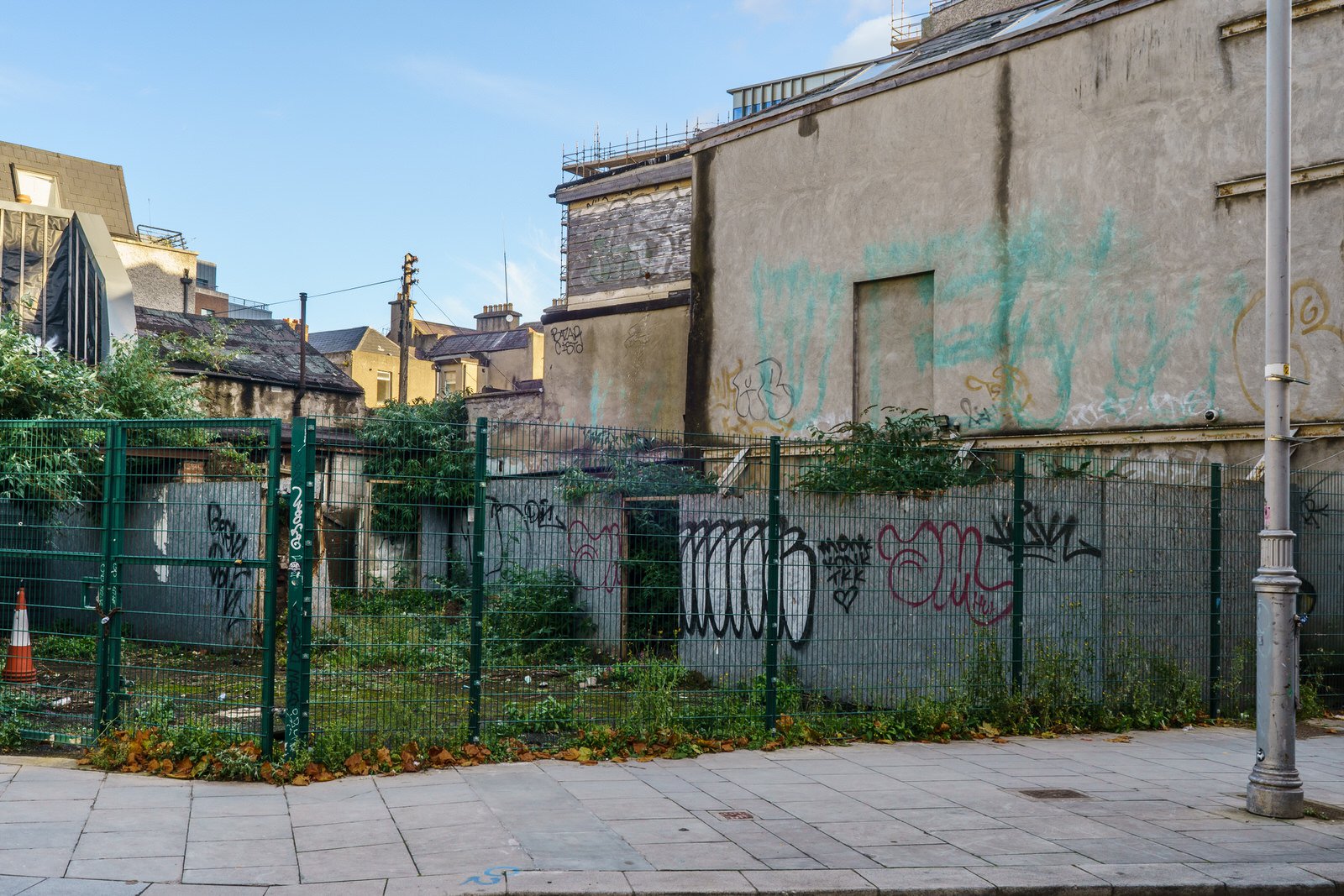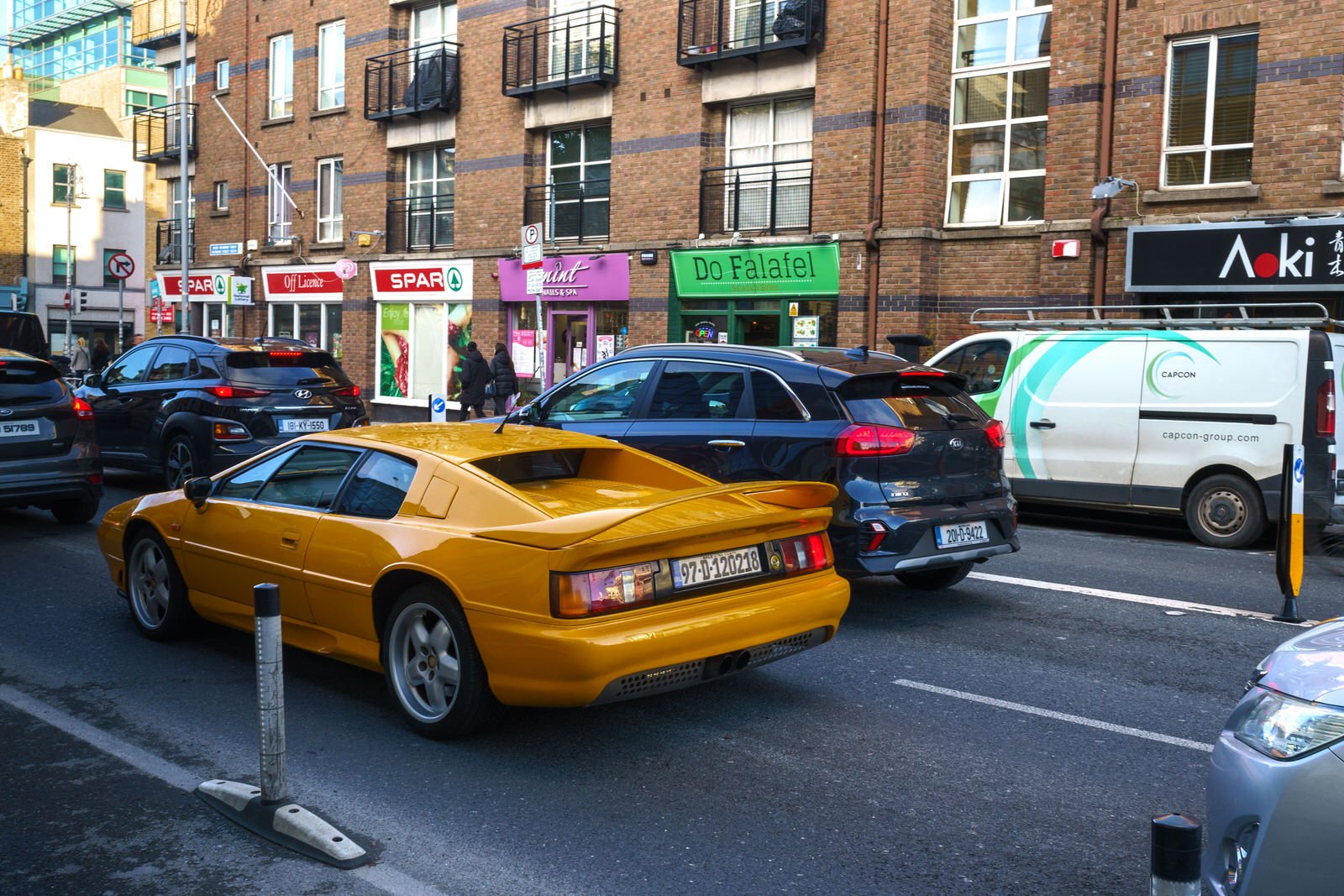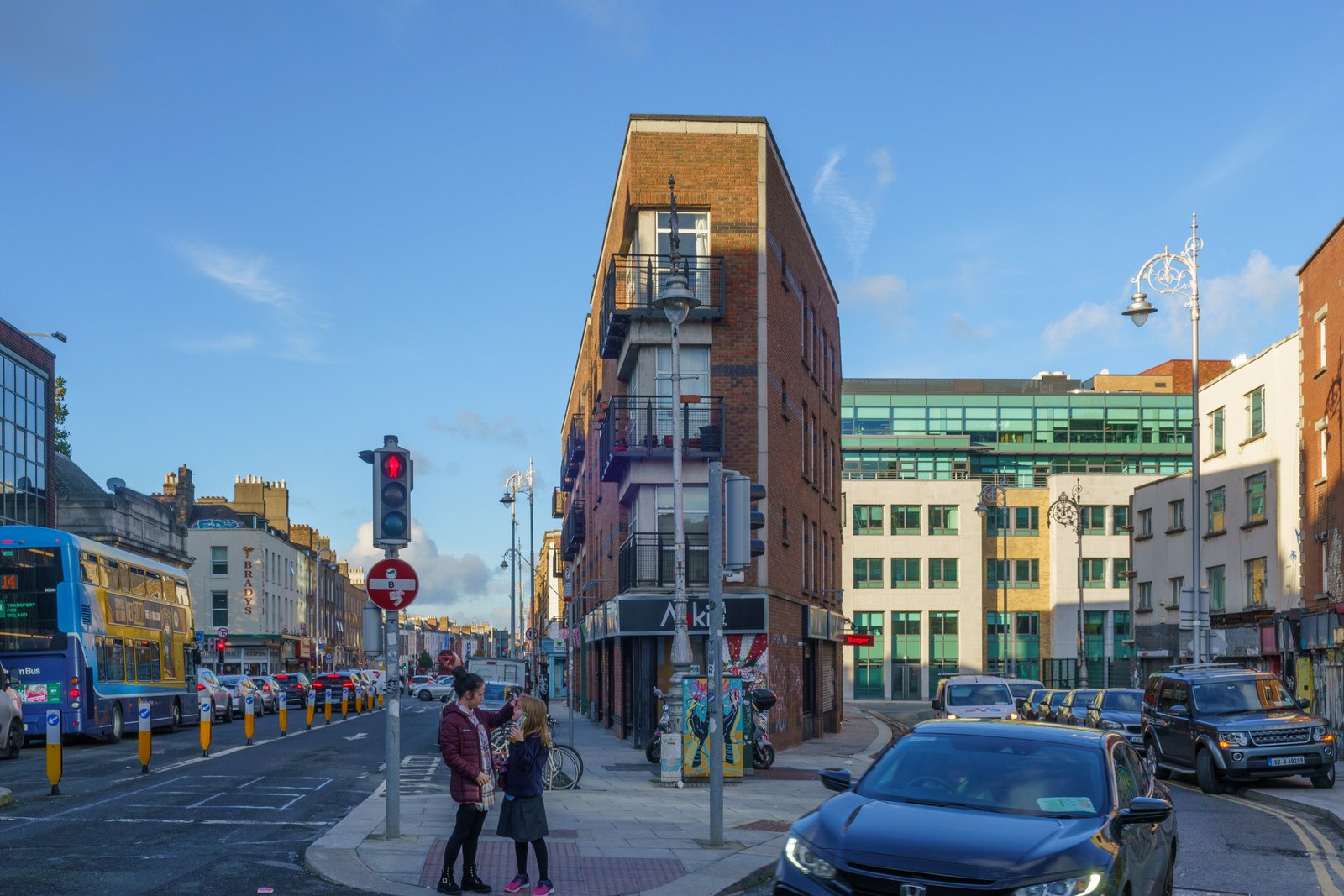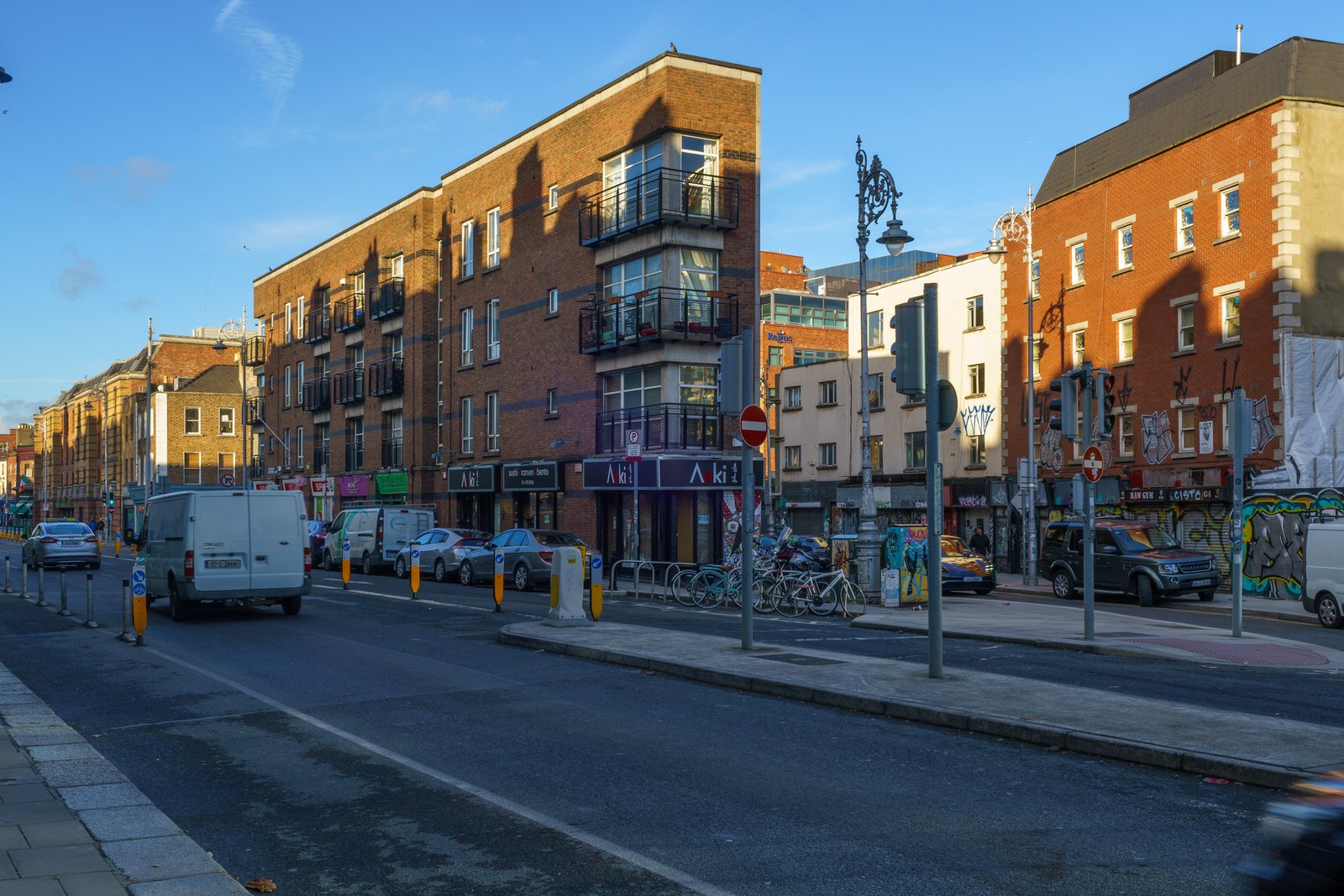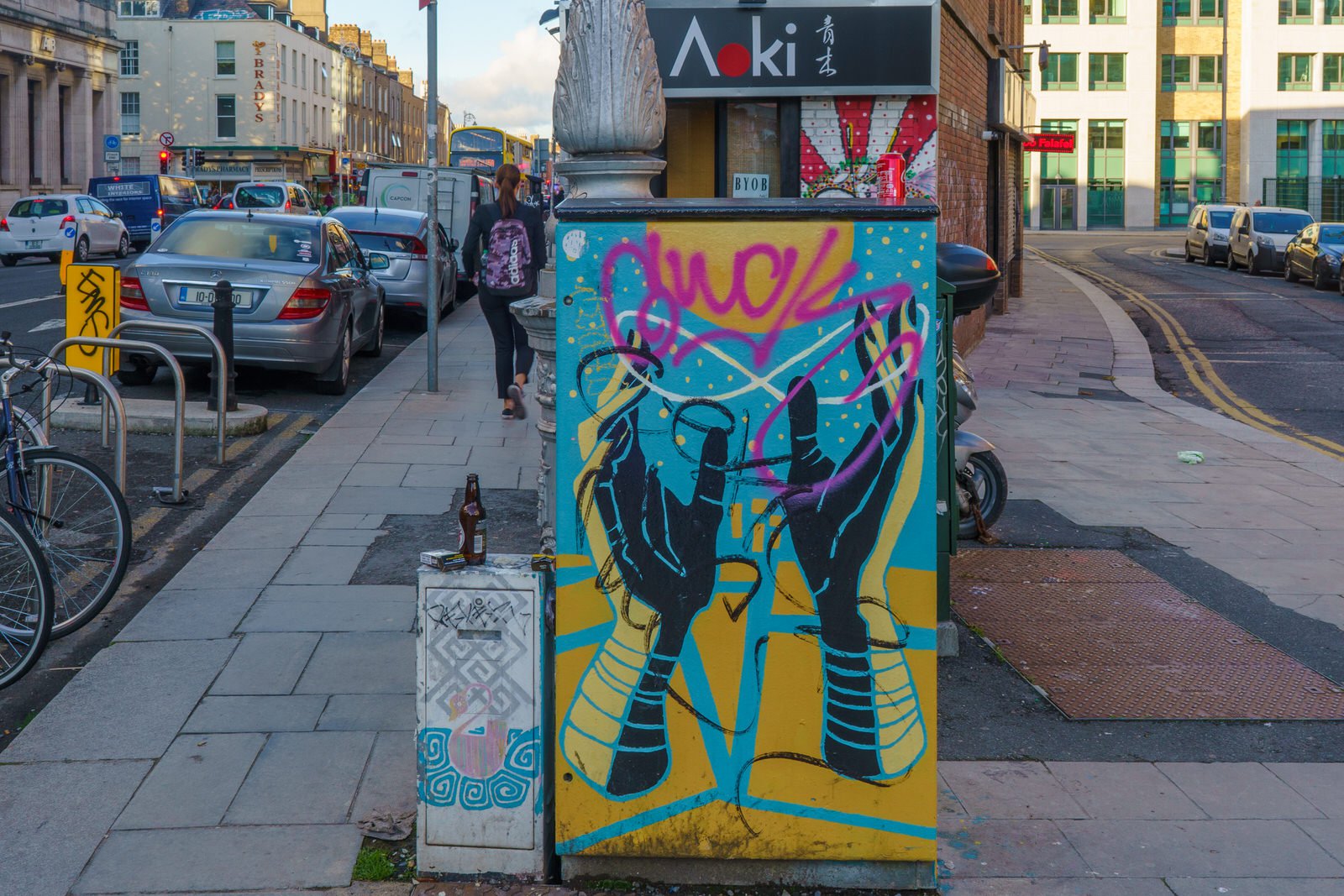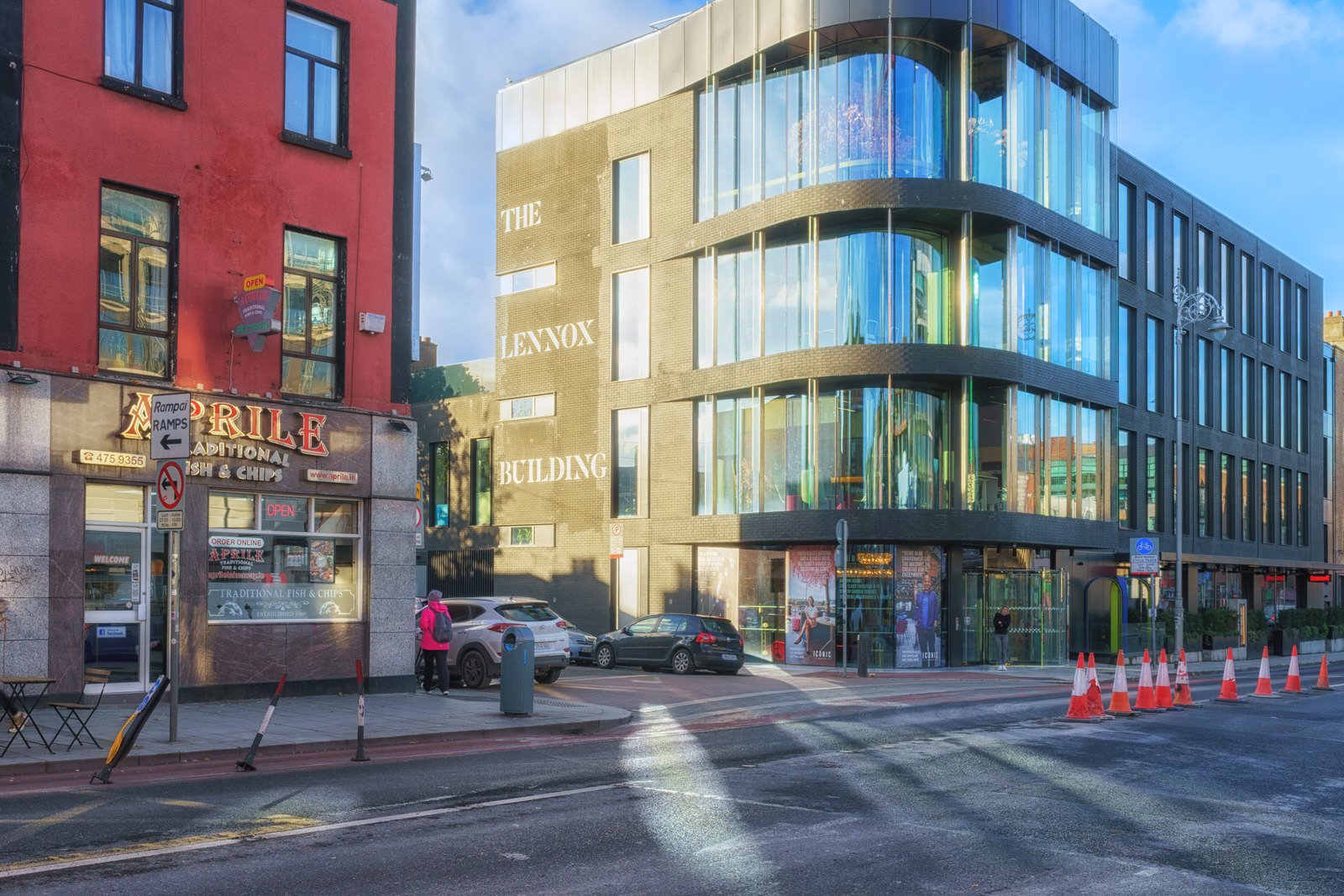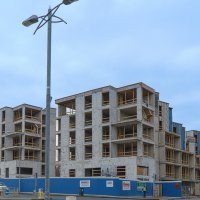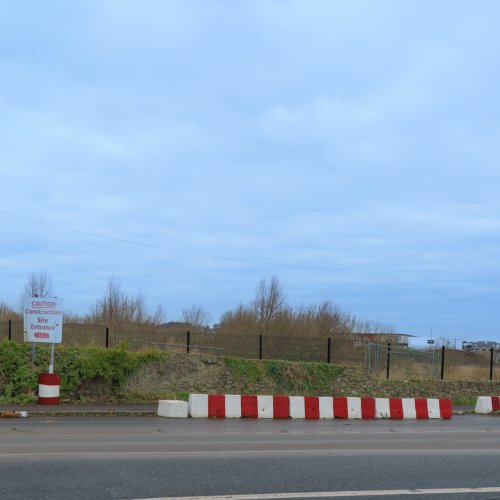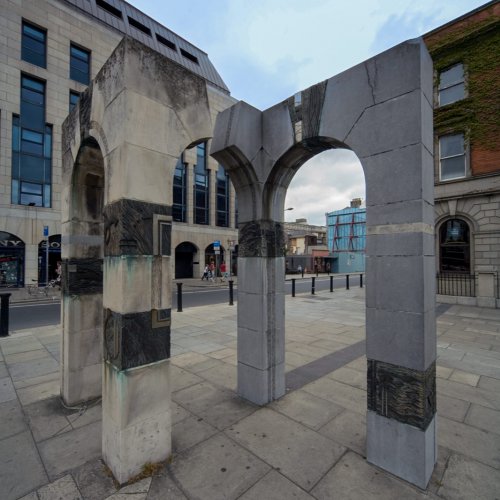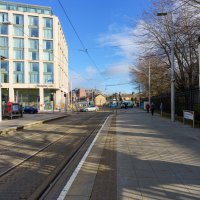South Richmond Street is at the same time interesting and ugly mainly because there are so many buildings that are derelict or in very poor condition. However, because of the construction of the Amazon HQ, the street is changing at a rapid pace and could look very different by this time next year.
The 1837 Ordnance Survey map showed one building on the western side of Richmond St. (excluding property belonging to the Portobello Hotel), which corresponds to no. 34, which was the Caroline Records shop (closed in 2003). The hotel at the nearby harbour was opened in 1807 (the architect was James Colbourne). In 1858 it was taken over by a Catholic order of nuns, who used it as an asylum (St. Mary's) for blind girls. A few years later they successfully appealed to the Guardians of the South Dublin Union for some finance (it cost £10 to keep a girl for a year), though the Irish Times in an editorial frowned upon this proselytising by "Romanists", while they lauded the efforts of the Protestant-run "Home for Orphans" at 7 South Richmond Street (which advertised frequently for "fresh souls to save" in the same newspaper). Ten years later the Asylum was sold to a Mr. Isaac Cole, who renovated it and returned it to its original function as a hotel, to accommodate 100 persons. It was popular among officers visiting the nearby Portobello Barracks (who would occasionally pop across South Richmond Street to the Grand Canal Tavern for a drink) and claimed it was the nearest hotel to the Royal Dublin Society grounds. However, it was slow in providing catering facilities – in 1871 a Rathmines businessman, in a letter to the Irish Times, lamented the absence of restaurants in the neighbourhood, and enjoined upon Mr. Cole to provide same, preferably a two-course meal for two shillings (the price to include beer and punch).
From the 1850s, horse-drawn omnibuses provided transport along South Richmond Street from Rathmines to the city centre. On 6 October 1871 work was commenced on the Dublin tram system on Rathmines Road, a few yards from Portobello Bridge.[ They came into operation the following year, linking Rathgar, via Richmond Street, with College Green. There was just one standard fare within the city limits, which was much cheaper than the old horse-drawn omnibuses. That year also the long-awaited improvements to Portobello Bridge (after the fatal accident of 1861) were carried out, the Tramway Company paying one third of the total cost of £300. At the time the trams were introduced an impediment to efficient transport along Richmond Street was the curve in the street at Moyer's building works (west corner of Lennox Street, was part of the Portobello College complex until its demolition in 2006). The constant traffic in and out of Moyer's blocked the traffic at this narrow spot. Despite complaints, the curve was never removed, and is there to this day.
